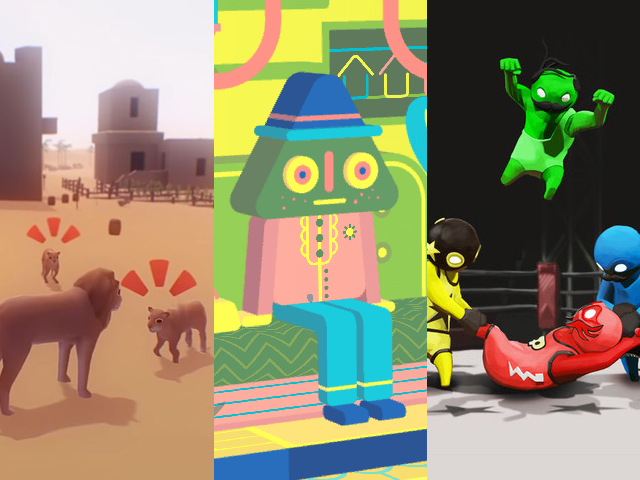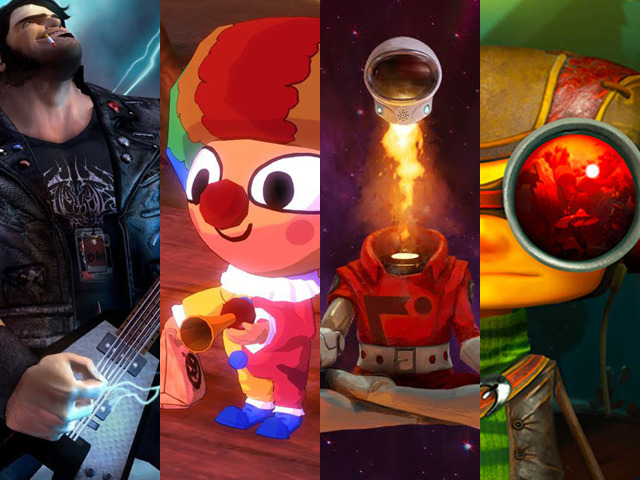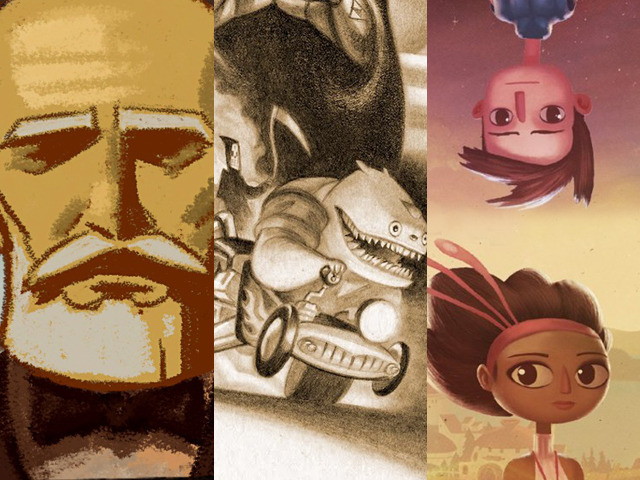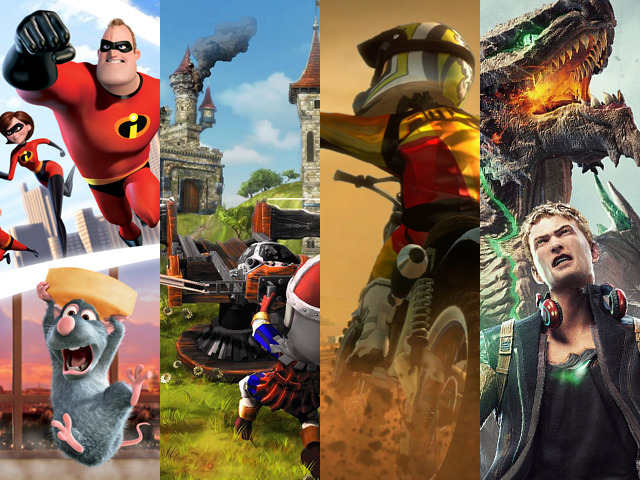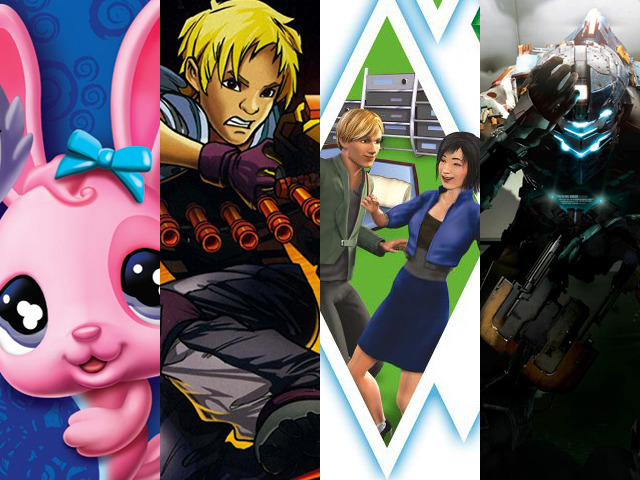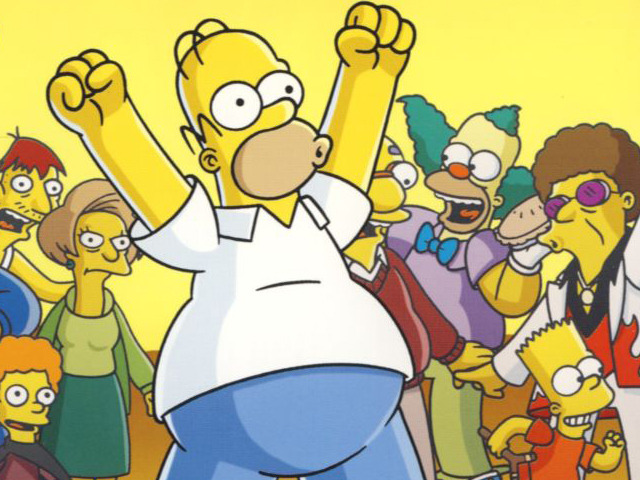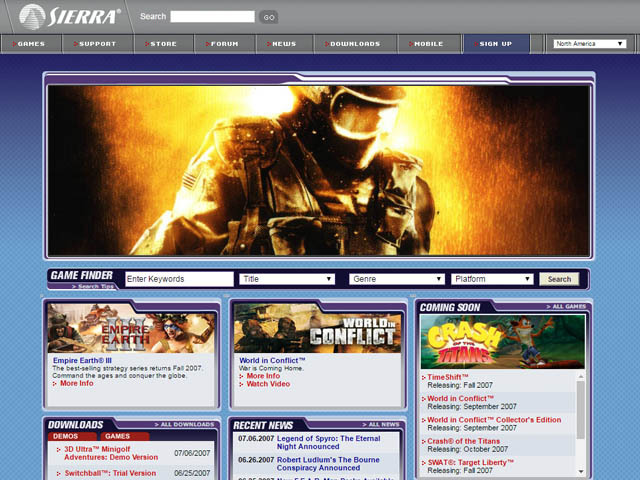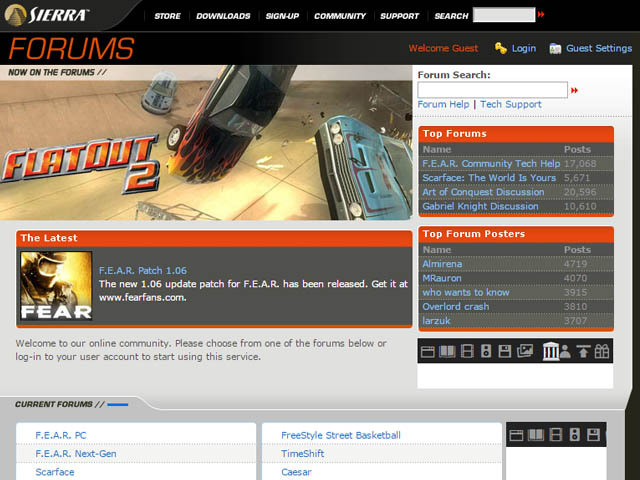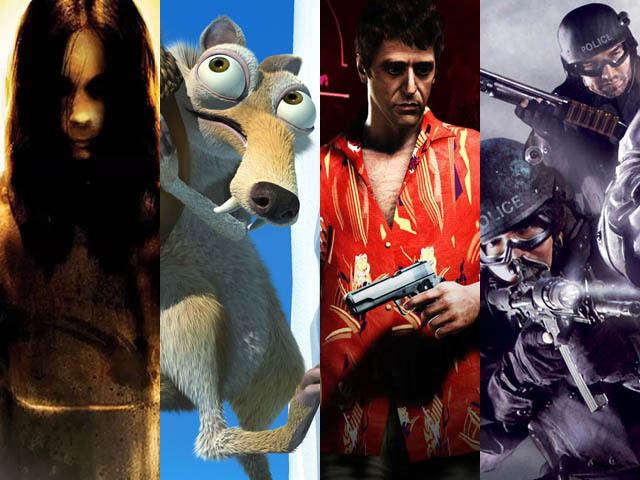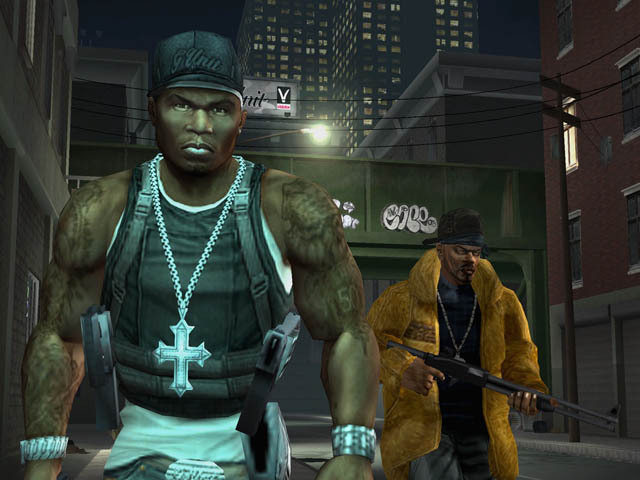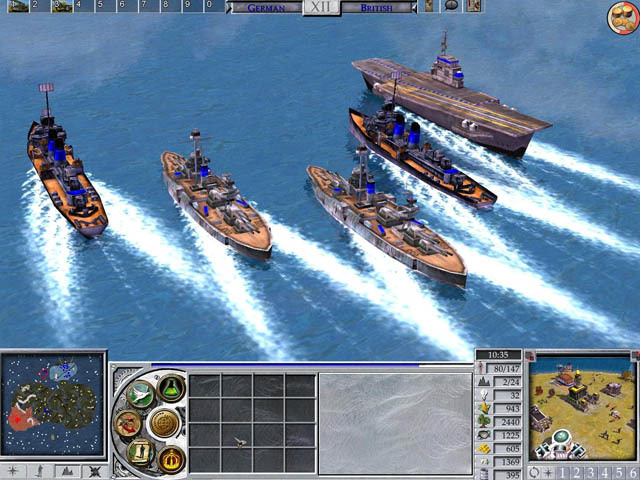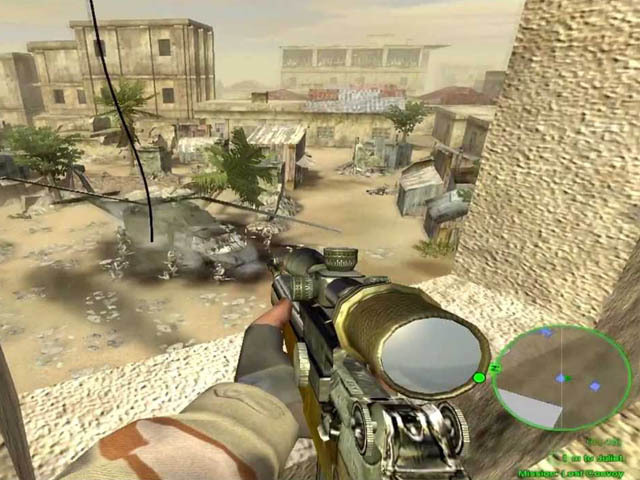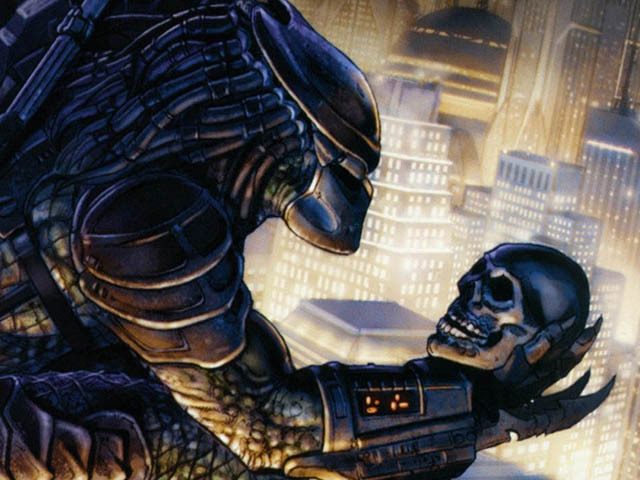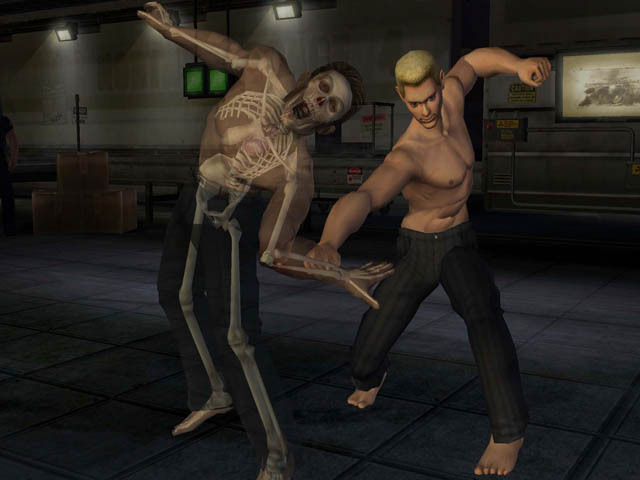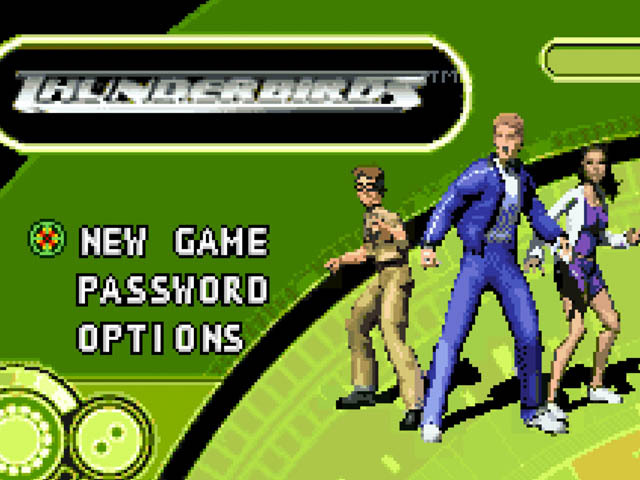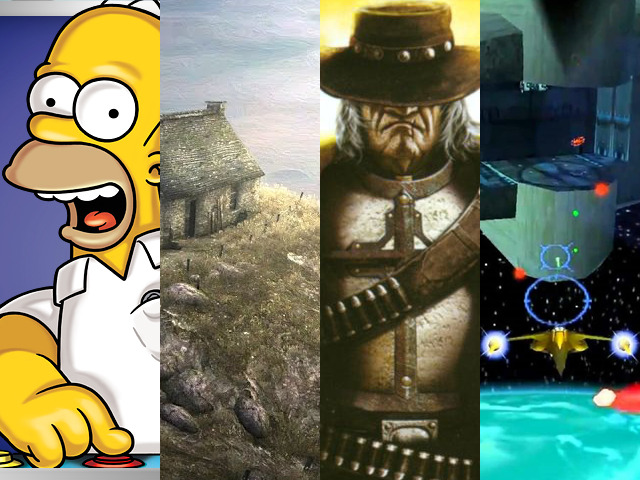Release Manager – Double Fine – 2017-Present
Specialist tendencies.
After years of working in QA, marketing, and production, I realized that shipping games was the most exciting part of the job for me. Everything leads up to the moment the game is complete and in people’s hands. So I decided that the role of release manager was right up my alley and, thankfully, so did everyone else. I officially took on the role 13 years after I first started in the games industry. Now I work with, well, everyone, but my focus is on helping our development partners through the submissions and release process. Some recent games that I’ve helped with are Everything, GNOG, and Gang Beasts.
